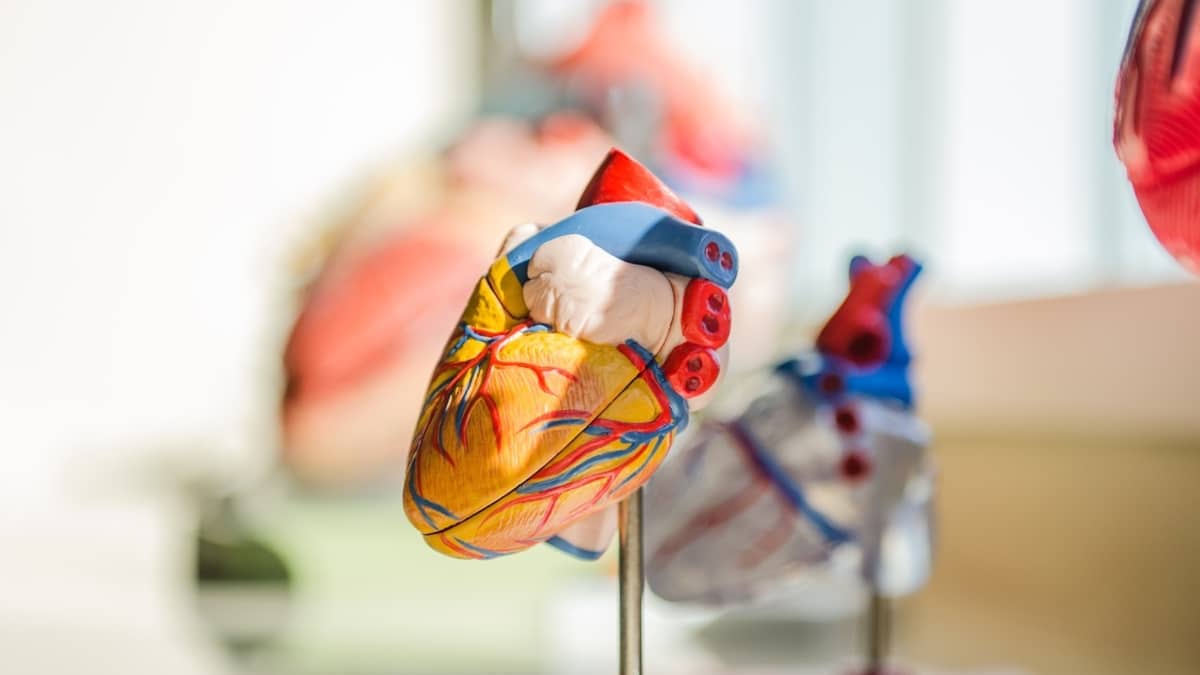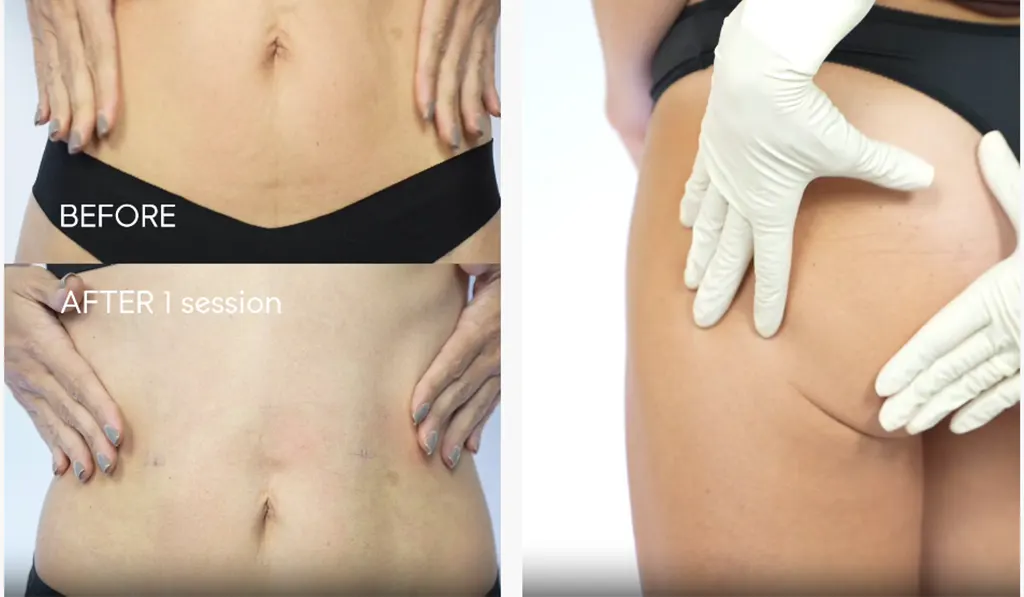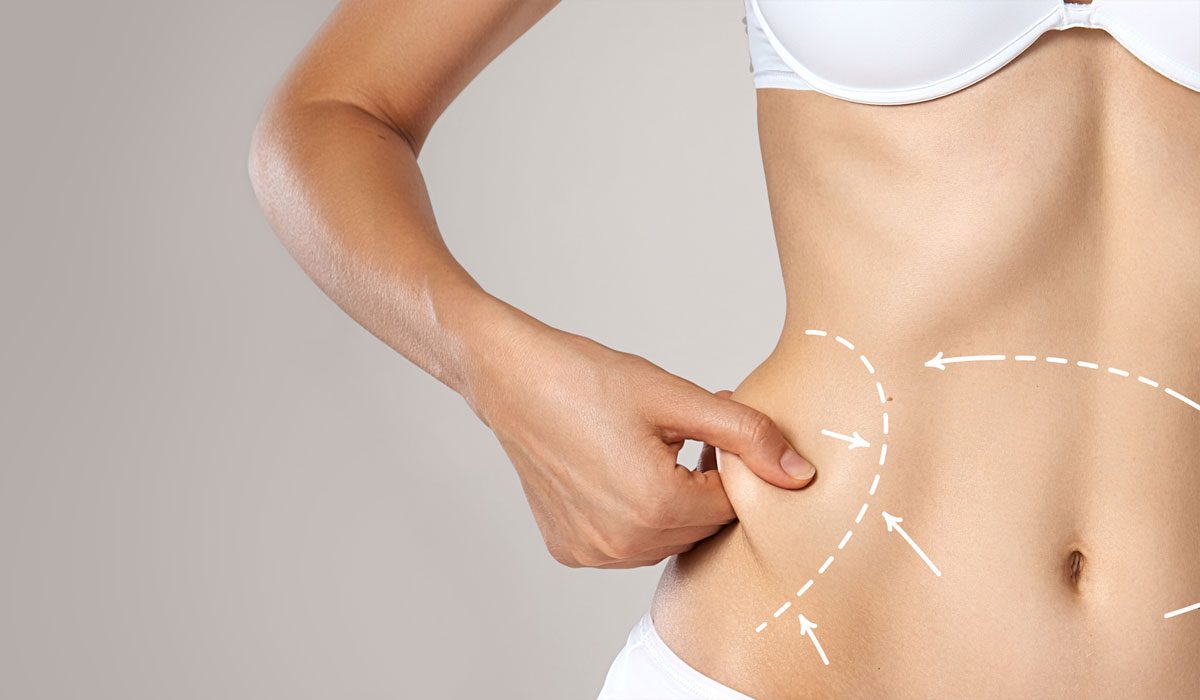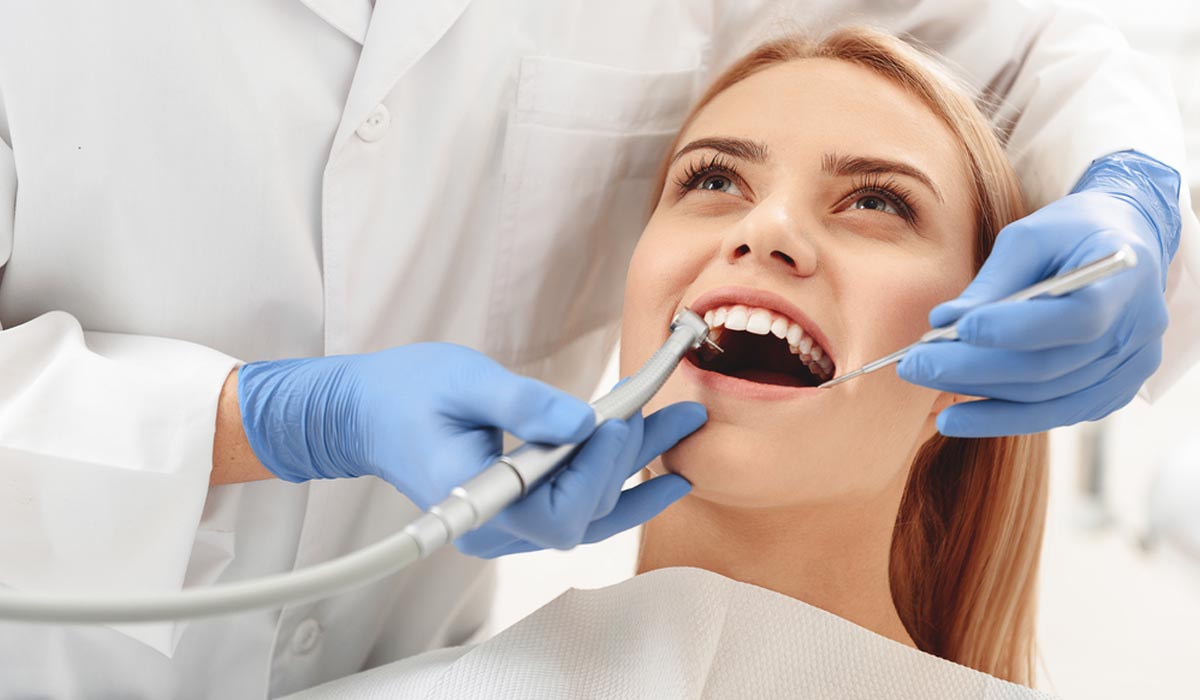Cardiovascular Diseases
Over 17.9 million people die each year from CVDs, making it the number one cause of death globally. CVDs represent an estimate of 31% of all global deaths. 85% of these deaths, i.e., 4 out of 5 CVD deaths, are caused due to strokes and heart attacks.
What are cardiovascular diseases?
The circulatory system or the cardiovascular system is an organ system that comprises the heart, arteries, veins, and capillaries in our body. This cardiovascular system or vascular system is responsible for carrying nutrients (such as amino acids and electrolytes) and oxygen to the body’s tissues and for removing carbon dioxide and other waste from them.
The term cardiovascular disease refers to more than one disease of the circulatory system, including the heart and the blood vessels. These disorders to the blood vessels and the heart include rheumatic heart disease, coronary heart disease, cerebrovascular disease, and various other conditions.
What are the different types of Cardiovascular Diseases?
Cardiovascular disease comprises many different types of conditions that might develop at the same time or lead to other diseases or conditions within the group.
There are different types of cardiovascular disease that have diverse causes. As such, it is essential to know the difference between them. The most common cardiovascular diseases are as follows.
Arrhythmia or abnormal heart rhythm
A normal heart beats 100,000 times a day. The beats are steady like rhythm, each for about 60 to 100 times per minute. When the heart gets out of rhythm, the doctor calls it arrhythmia or dysrhythmia, which is an irregular and abnormal heartbeat. The uneven heartbeat can either be too slow or too fast.
Aorta Disease and Marfan Syndrome
The aorta is the leading and largest artery in the human body that originates from the heart’s left ventricle and brings oxygen-rich blood to the rest of the body. Aorta Disease occurs under two conditions. Either the aorta widens or its tears, and this leads to:
- atherosclerosis, the hardening of arteries
- High blood pressure
- Injury
- Connective tissue disorders weaken the blood vessel walls and lead to scleroderma, osteogenesis imperfecta, and polycystic kidney disease.
Cardiomyopathy
The term cardiomyopathy is used for diseases related to healthy muscles. People diagnosed with this disease usually have a bigger, thicker, or stiffer heart. In this condition, the heart cannot pump blood as efficiently as it should. The condition worsens without treatment, and it can further lead to heart failure and abnormal heart rhythm.
Congenital Heart Disease
Congenital Heart Disease or defect is a condition where the child is born with one or more abnormalities in the heart’s structure. 8 out of every 1,000 children are born with the disease.
Coronary Artery Disease (CAD)
CAD is one of the most common cardiovascular diseases in adults. In this condition, the major blood vessels that supply the human heart with blood, oxygen, and nutrients are damaged or diseased.
Deep Vein Thrombosis and Pulmonary Embolism
Deep Vein Thrombosis (DVT) occurs when blood clots occur in the deep veins. They break loose and travel through our body’s bloodstream to the lungs, where they block or disrupt the normal blood flow. This condition is known as Pulmonary Embolism.
Heart Failure
Heart failure means the heart doesn’t pump as vigorously as it should. This results in shortness of breath and swelling because the body holds in excess salt and water. Heart failure affects more than 6.5 million people in the US, making it a significant Health problem.
Heart Valve Disease
There are valves in each of the four chambers of the human heart that keep blood circulation flowing thoroughly through the heart. But sometimes, problems occur with these valves resulting in the following valve problems:
- Mitral valve prolapse: In this condition, the valve between the upper left chamber and the lower-left chamber doesn’t close right.
- Mitral valve insufficiency: In this condition, the mitral valve doesn’t close tightly enough, which results in the blood to leak backward and to cause a fluid backup in the lungs.
- Aortic stenosis: In this condition, the aortic valve narrows down, which slows the blood flows from the heart to the rest of the body.
- Pericarditis: In this condition, the lining surrounding the heart swells up due to an infection.

Rheumatic Heart Disease
Rheumatic fever is an inflammatory disease that is most common among children, damaging their heart valves.
Stroke
A Stroke occurs when the blood supply to the brain is interrupted or reduced. In this condition, the brain gets deprived of oxygen and other nutrients it requires leading to brain cells to start dying. A blocked artery or a leaking or burst blood vessel can lead to a stroke.
Other vascular diseases
The circulatory system is composed of vessels that carry blood to different parts of the body. Any condition that affects the circulatory system can lead to vascular diseases.
What are the Symptoms of CVDs?
The symptoms of CVDs vary depending on the specific condition. However, the most typical symptoms of an underlying cardiovascular disease include the following:
- Shortness of breath
- Cold sweats
- Pain or pressure in the chest
- Pain or discomfort in the arms, left shoulder, elbows, jaws, and back
- Lightheadedness or dizziness
- Nausea or fatigue
The different types of CVDs results in a variety of symptoms
Symptoms of arrhythmia:
- Lightheadedness
- Slow pulse
- Chest pain
- Fainting spells
- Fluttering heart or racing heartbeat
- Dizziness
Symptoms of Artherosclerosis:
- Coldness in the limbs
- Weakness in the arms and legs
- Numbness in the limbs
- Unexplained and unusual pain
Symptoms of Congenital heart defects:
- Irregular heart rhythm
- Blue- tinged skin
- Shortness of breath and difficulty in breathing
- Fatigue and low energy
- Swelling of the extremities
Symptoms of Coronary artery disease:
- Nausea
- Chest pain
- Shortness of breath
- Feelings of gas and indigestion
- A feeling of pressure or squeezing in the chest
Symptoms of Cardiomyopathy:
- bloating
- Fatigue
- Shortness of breath
- Swollen legs
- Pounding or rapid pulse
Symptoms of heart infection:
- chills
- Fever
- Chest pain
- Skin rash
- Coughing or chest congestion
Symptoms of CDVs in women
The symptoms of CVDs in women are different than men, and they are mostly confused with other conditions like depression, menopause, and even anxiety. The most common symptoms in women include:
- Anxiety
- Dizziness
- Paleness
- Nausea
- Vomiting
- Shortness of breath
- Lightheadedness
- Fainting or passing out
- Cold sweats
- Jaw pain
- Neck pain
- Back pain
- Indigestion or gastric like pain in the chest and stomach
What are the causes of CVDs?
There are a lot of factors that can contribute to the risk of getting CVD. These factors are known as ‘risk factors. This implies that the chances of developing CVD are higher when the Risk factors are more.
The causes or risk factors for CVD are:
High blood pressure
High blood pressure or hypertension is one of the most potent risk factors for developing CVD. High blood pressure damages the blood vessels in the body.
Smoking
Smoking and other tobacco are injurious to Heath. The risk factor for CVD increases from smoking because the harmful substances in it damage the narrow blood vessels.
High cholesterol
Cholesterol is a fatty substance found in the blood. High cholesterol causes blood vessels to narrow and increase the risk of developing a blood clot.
Diabetes
Diabetes is a condition that causes the blood sugar level in the body to become very high.
Inactivity
Regular exercise keeps the heart and body healthy. On the other hand, inactivity can lead to high blood pressure, high cholesterol levels, and overweight and other health issues.
Obesity or overweight
The risk of developing diabetes and high blood pressure is higher among overweight and obese people.
Family history of CVD
The risk of developing CVD is higher when there is a family history of CVD in that person’s family.
Other risk factors
Other risk factors affect the development of CVD.
- Age: People over the age of 50 has a higher risk of developing CVD
- Gender: CVD is more likely to develop in men at an earlier age than women.
- Diet: Unhealthy diet leads to high cholesterol and high blood pressure.
- Alcohol: Excessive consumption of alcohol leads to high cholesterol, weight gain, and high blood pressure.
How can you prevent CVD?
The following ways can help in reducing the chance of developing CVD at an early age:
- Quit smoking: Give up on smoking as soon as possible.
- Balanced diet: A healthy and balanced diet leads to a healthy heart. A balanced diet includes- low levels of saturated fats, low levels of salt, low levels of sugar, plenty of fiber, and plenty of fruits and vegetables.
- Regular exercise: Any form of physical activity like brisk walking, cardio, cycling, etc., helps maintain a healthy heart.
- Maintaining a healthy weight: Maintaining a healthy weight is very important. Regular exercise, a healthy diet can aid in weight loss. The ideal BMI should be below 23.
- Reduce alcohol intake: Cut down on alcohol intake for a healthy and happy heart.
Treatment for CVDs
The treatment for CVDs mostly depends on the kind of heart disease one has. In case of a heart infection, the doctor usually prescribes an antibiotic. The treatment for CVD falls under three categories:
- Lifestyle changes: This includes a balanced diet, quitting tobacco, reducing the consumption of alcohol, and regular exercise.
- Medications: Medication recommendations for CVDs include low dose aspirin to prevent blood clots and tablets from recusing blood pressure.
- Surgery or invasive procedures: Surgery or medical procedures are required to treat the condition in some CVD cases. For example, a stent is inserted in the artery to ensure the regular blood flow if the arteries are blocked by plaque buildup.
It is essential to look after your health and follow a healthy lifestyle from a tender age.

















